Judy Oakenfull’s inaugural exhibition at Anthea Polson Art conveys a deep engagement with the natural world. She describes its coastlines and native flora as the ‘protagonists’ in her paintings. “There seems to be something within that draws us towards the ‘untamed’ coast,” Oakenfull imparts. “My work explores this yearning and aims to capture something of […]
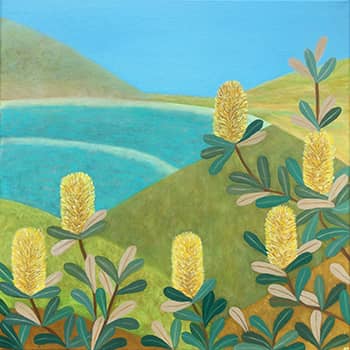
Springtime is the season when the natural world revives and reinvigorates. It is a time of joy and new beginnings. Aptly opening in spring, Jodie Wells’ exhibition celebrates the regenerative power of nature and its contribution to a much-needed positivity in our own lives. Jodie’s works express a return to tactility; her luscious markings radiate […]
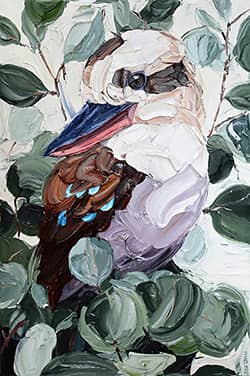
An intense chromatic energy radiates from Vicki Stavrou’s new body of work. She imparts that the exhibition’s title, Home Spun, is a play on words. Although the imagery has been ‘spun’ from considerations about a home’s exterior and interior design elements, several of her canvas and linen surfaces are now embroidered with spun tapestry thread. […]

With an international reputation as a significant miniaturist, Marilyn Peck has been winning awards and exhibiting, both overseas and in Australia, since 1970. In honour of this venerable artist’s 90th birthday, Anthea Polson Art presents a survey of her work. The exhibition also features Peck’s recent paintings and launches her latest poetry collection which shares the title […]
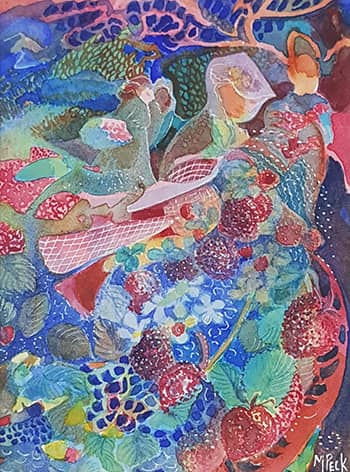
Art has been considered a mirror where glimpses of life’s meaning may be experienced. The intricate depictions in Jill Lewis’ paintings reflect her deeply philosophical musings. Imbued with a rich texture of otherness, symbolism and imagination, the works defy convention and category. Interior and exterior, visible and invisible, ancient and new, meld together in a […]
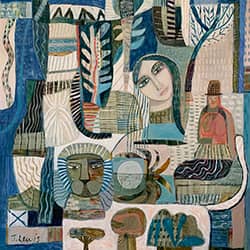
‘Seduction is like an invitation, an embellishment, a doorway that beckons the viewer into more subtle enjoyments and meditations.’ Bruce Metcalf Corinne Lewis’s exhibition works embody this notion both in imagery and painterly prowess. Speaking about her subject matter’s inspiration, Corinne alludes to the book, Seduction – a celebration of sensual style. It chronologically explores […]
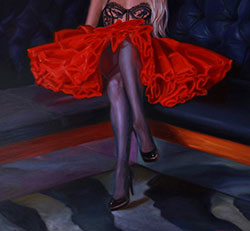
The canvases in the exhibition explore my daydreams of home and garden. Exotic wildlife visitors are set amidst both tranquil garden vistas and the incongruity of soft furnishings, lavish wallpapers and parquetry floors that furbish domestic spaces. For a long time, our Gold Coast house was just a place to inhabit and produce work but […]
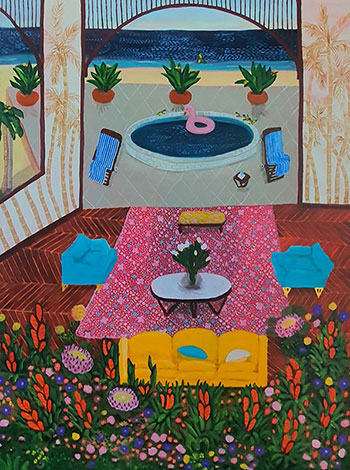
“Turn with your back to the beauty of the water and the lure of the verdant, undulating landscape lies ahead. There’s a mystery as to what is hidden beyond the curving corners of the tracks and roads,” imparts Melbourne-based Cathy Quinn. The title of her current body of work, Hinterland, not only references actual places […]
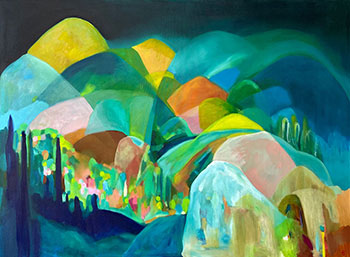
FORGING
FA M I L I A R I T Y
Preserving the innocence of youth has captivated
Sophie Gralton for twenty seven years, and she’s only
just getting started. Charli Rose Gerry writes.
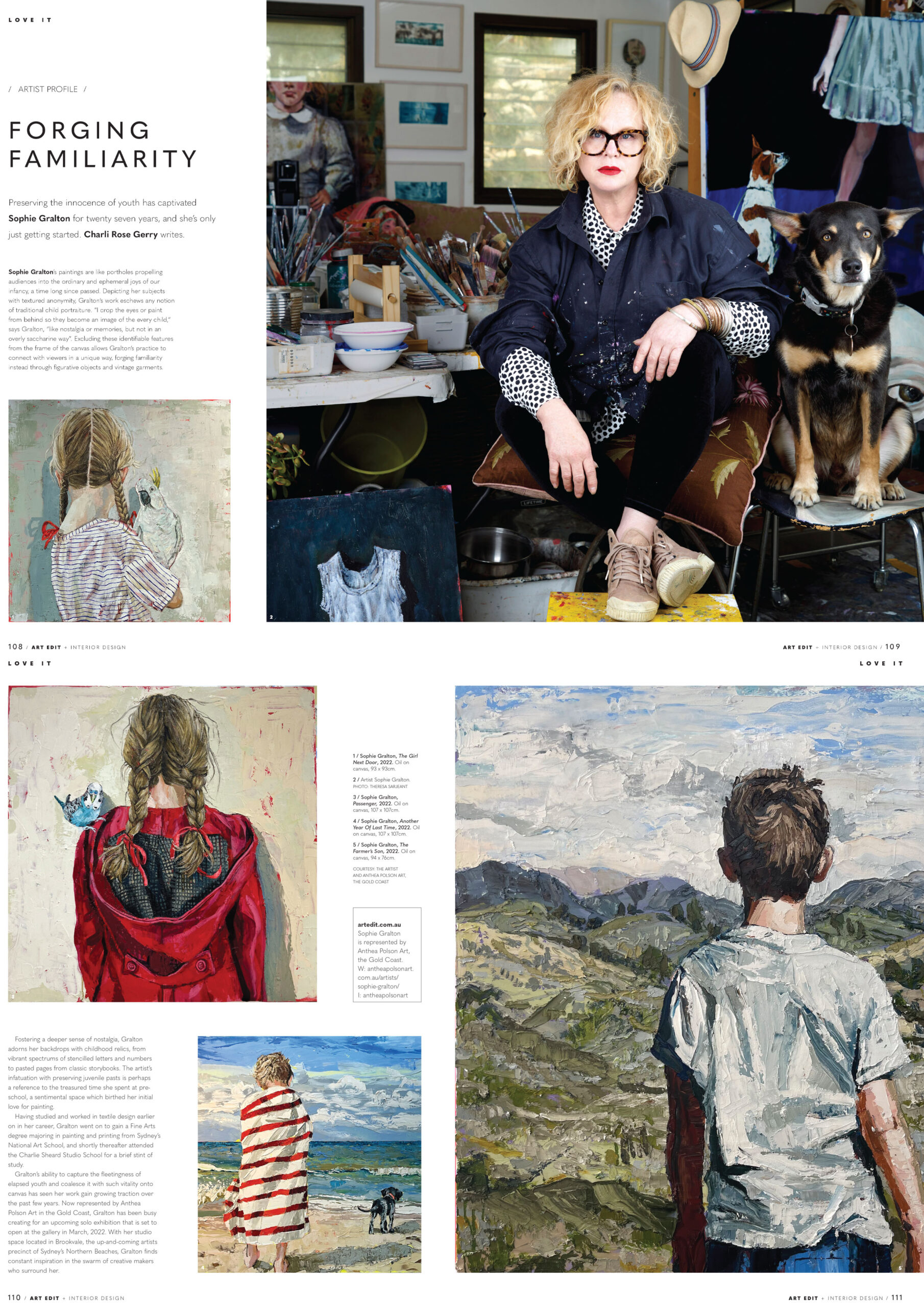
Northern Rivers-based Melitta Perry’s new body of work evokes a sense of poignancy and hope. Typical of her visual language, sunburnt landscapes stretch to distant ranges under cloudless skies. Abandoned houses and old buildings stand mute in dry grassy fields but native creatures are active, “seemingly exempt from the constraints of time and borders.” Perry […]

Receive e-mail updates on our exhibitions, events and more
Subscribe Now